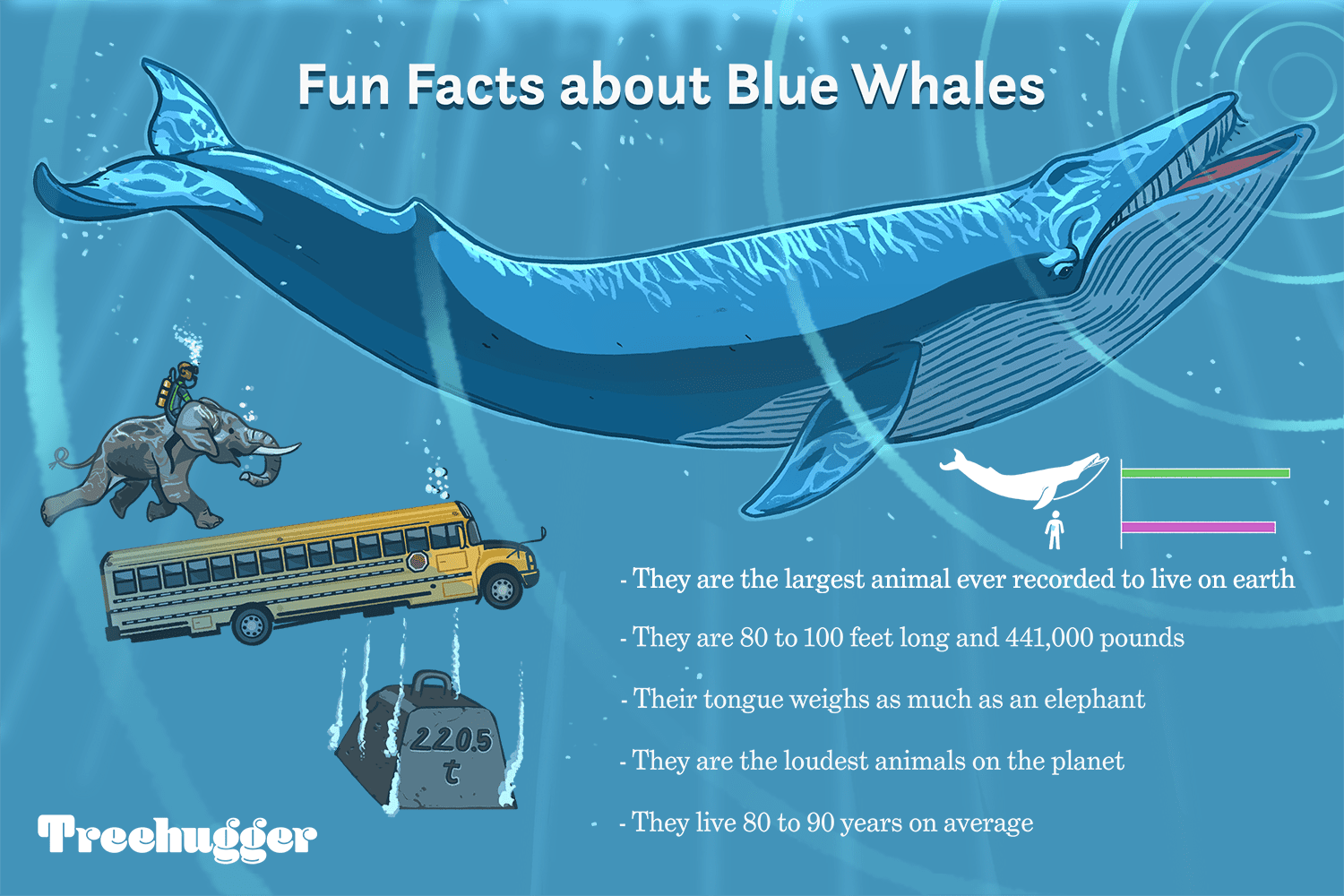The blue whale and the elephant are two contenders for the title of the largest animal on earth. Blue whales are the largest creatures on earth, with an average length of 100 feet and a weight of 200 tons, while elephants are the largest land animals on earth, with an average height of 11 feet and a weight of up to 12,000 pounds. Both species face significant threats from habitat loss, poaching, and climate change, making it important for us to continue to protect them and their environments.
Blue Whale vs. Elephant: Who is the Largest Animal on Earth?
When it comes to the largest animals on earth, two contenders immediately come to mind: the blue whale and the elephant. Both these creatures are known for their massive size and strength. However, in a direct comparison, who comes out on top? In this article, we will explore the differences between blue whales and elephants and determine which one truly holds the title of the largest animal on earth.
Physical Appearance and Size
Blue whales are known for their gargantuan size. They are the largest creatures on earth, with an average length of 100 feet and a weight of 200 tons. Their immense size allows them to consume up to 8,000 pounds of krill per day, making them one of the most efficient predators in the ocean.
On the other hand, elephants are the largest land animals on earth, with an average height of 11 feet and a weight of up to 12,000 pounds. They are recognizable by their long trunks and massive ears, which they use to communicate with each other and their environment. Their large size allows them to browse for food high up in trees and shrubs.
Geographical Distribution
Blue whales are found in all of the world’s oceans, mostly in the Arctic and Antarctic waters during the summer months. They are a migratory species and follow the seasonal migration of krill, their primary food source. Due to commercial whaling, blue whales’ populations have been severely depleted, with an estimated population of only 10,000 to 25,000 individuals remaining worldwide.
Elephants are found throughout Africa and Asia, inhabiting savannas, forests, and deserts. They can withstand extreme temperatures and live in a wide range of habitats. African elephants are classified as vulnerable on the IUCN Red List of Threatened Species, while Asian elephants are classified as endangered, with only 40,000 to 50,000 individuals remaining worldwide.
Behavior and Diet
Blue whales are solitary creatures, known for their haunting songs that can travel for hundreds of miles underwater. They were once hunted extensively for their blubber, which was used for lamp oil and soap. Today, they are a protected species, and their populations have slowly begun to recover in some areas.
Elephants are highly social creatures that live in large family groups led by a matriarch. They communicate with each other using vocalizations, body language, and even touch. Their diet consists primarily of vegetation, which they consume up to 300 pounds per day.
Conclusion
When it comes down to it, both blue whales and elephants are impressive creatures that deserve recognition for their size and strength. While blue whales are undeniably the largest animal on earth, elephants hold their own title as the largest land animal on earth. Both species face significant threats from habitat loss, poaching, and climate change, making it important for us to continue to protect them and their environments.
At the end of the day, the blue whale and the elephant are both remarkable creatures that have captured the imaginations of people around the world. Whether it is the gentle giants of the sea or the majestic giants of the land, one thing is for sure: these creatures will continue to amaze and impress us for generations to come.
